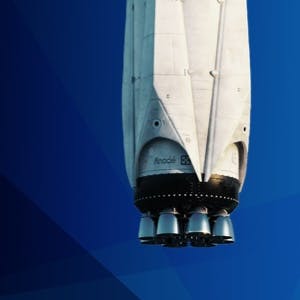- Home
- All updates
- EDGE Insights
- Industries
- Company Search
- My Watchlists (Beta)
All Updates
iSpace’s Hakuto-R mission falls short of sticking its lunar landing
N-able acquires Adlumin for USD 266 million to strengthen cybersecurity offerings
Bitsight acquires Cybersixgill for USD 115 million to enhance threat intelligence capabilities
Snowflake acquires Datavolo to enhance data integration capabilities for undisclosed sum
Snowflake acquires Datavolo to enhance data integration capabilities for undisclosed sum
Microsoft launches Copilot Actions for workplace automation
Almanac acquires Gro Intelligence's IP assets for undisclosed sum
Aduro Clean Technologies partners with Zeton to build hydrochemolytic pilot plant
Oishii raises USD 16 million in Series B funding from Resilience Reserve
GrowUp Farms appoints Mike Hedges as CEO
Rise Up acquires Yunoo and expands LMS monetization capabilities

Space Travel and Exploration Tech
iSpace’s Hakuto-R mission falls short of sticking its lunar landing
-
iSpace’s Hakuto-R Mission 1 (M1) was declared an apparent failure after the controllers were unable to regain contact with the lander. According to the company, the failure had stemmed from a lack of propellant and the lander being in a vertical position on its final approach to the lunar surface.
-
The company failed to make history as the first private company to perform a successful lunar landing as its Hakuto-R lunar lander lost contact with its controllers during the final seconds of its descent.
-
M1 was expected to perform a soft landing in the Atlas crater in the Mare Frigoris region of the moon and perform operations for 10 days on the lunar surface in order to achieve the ninth and tenth mission milestones. While M1 was designed to showcase the viability of the company’s moon landing software it was also carrying multiple commercial and government payloads aboard.
-
Analyst QuickTake: Hakuto-R M1 was able to achieve eight out of its 10 milestones after launching in December 2022. While the company seemed to have failed to make history, this was only the first of three lunar missions that had been drawn out by the company with M2 and M3 slated for launch in 2024 and 2025, respectively. However, this allows Astrobotic Technology and Intuitive Machines to ramp up its commercial lunar payload services (CLPS) missions and possibly overtake iSpace in the race to become the first private company to land successfully on the moon.
Contact us
By using this site, you agree to allow SPEEDA Edge and our partners to use cookies for analytics and personalization. Visit our privacy policy for more information about our data collection practices.